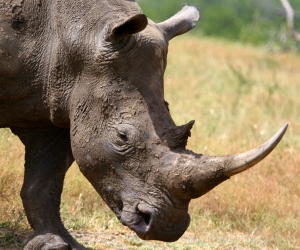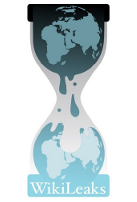Normally we write on less glamorous (but crucial) subjects like telecoms operators, fiber cables, or ICT policy. Now, we turn our attention to an urgent cause in need of technology: the protection of African wildlife.
Technology has yet to effectively reduce the number of illegal wildlife killings in areas like South Africa and Kenya. In fact, rhino poaching has increased in South Africa this year, with 324 white rhinos lost so far this year. By comparison, poachers killed at least 333 rhinos last year, and only 13 officially in 2007. Prior years saw 15-100 rhino deaths in South Africa – not nearly as severe as the past couple of years. One possibility is that official statistics don’t accurately reflect the actual number of taken animals. However, the demand for rhino horns, for example, has increased due to a variety of sources.
As domestic pressure to illegally kill these animals diminishes, however, the void is rapidly filling with Asian demand for rhinoceros horns. For one, the supply chain has shortened with the growing number of economic collaborations between China and nations like Kenya. Even if African governments no longer condone poaching, foreign crime channels will find a way through the backdoor. In 2009, Yolan Friedmann, CEO of the Endangered Wildlife Trust, commented on how poaching is becoming more hi-tech. Along those lines, why can’t poaching prevention counter the advances in poachers’ organization, weaponry, and transportation?
At this stage, the Internet serves to raise global awareness of wildlife issues. WildlifeDirect, a non-profit registered in both the United States and in Kenya, hosts dozens of wildlife conservation blogs which are updated regularly by specialists who are on the ground in Africa. Best yet, the blogs are grouped by region (with most hailing from Eastern Africa).
Blogging is a great start to raising awareness. The next logical step would be to add crowd-sourcing efforts to spot poaching (Ushahidi is a potential platform). However, monitoring the vast open spaces of Africa is not as simple as monitoring election violence. Very few people live in proximity to rhinos or elephants. Plus, mobile Internet is not ready available in remote areas, meaning that mobile apps are currently out of the question.
Another solution would be to install remote cameras to monitor clandestine activity. Presumably, real-time video could be transmitted via WiMAX to a fibre node which then would relay the signal to a monitoring station. Again, such a task is made difficult by tens of thousands of acres of open land (and the ability of helicopters to circumvent roads).
We’ve created a Twitter list (@oafrica/african-animal-activism) to follow the online efforts to encourage animal conservation, prevent the slaughter of endangered species, and protect their habitats. Fifteen of the twenty accounts on the list have Klout scores of 40 or greater.
![]()







































